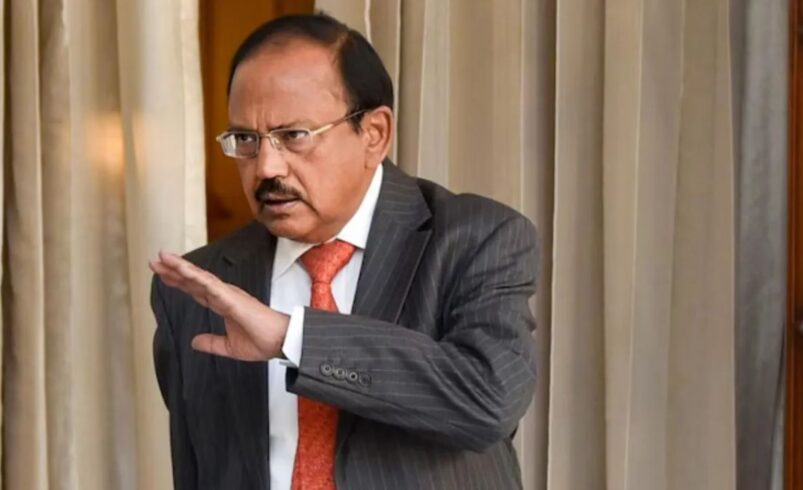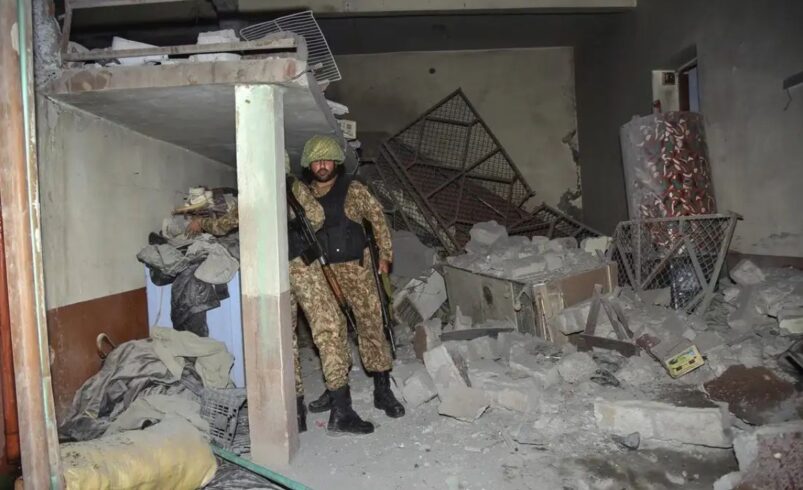Operation Sindoor wasn’t just another military retaliation—it was the result of meticulous intelligence, stealth planning, and national resolve. At the heart of this precision-led mission was India’s National Security Advisor (NSA) Ajit Doval, a seasoned intelligence officer known for his calm yet calculated approach to national security. As the April 22 Pahalgam terror attack shook the nation, claiming 26 innocent lives, Doval swiftly began assembling a core team to track, map, and identify the epicenters of terror across Pakistan and PoK. The priority was clear: eliminate the operational roots of the attack while avoiding escalation.
Intelligence-Led Precision: Doval’s Team in Action
Doval’s first move was to empower a dedicated surveillance and intelligence unit capable of round-the-clock monitoring. This elite team focused on intercepting communications, using satellite tracking, and collaborating with on-ground human intelligence (HUMINT) assets. With each passing hour, they gathered crucial details on training camps, arms movement, and terror hideouts run by groups like Lashkar-e-Taiba and Jaish-e-Mohammed. This intelligence was cross-verified multiple times to ensure zero margin for error—every coordinate, structure, and timing was logged with precision.
PM Modi & Doval: The Final Strategic Sync
Once the plan was bulletproof, NSA Doval personally briefed Prime Minister Narendra Modi. In a high-level war room discussion, the duo went through the operation blueprint, weighing every possible diplomatic and tactical outcome. Doval proposed a “focused, non-escalatory” strike model—one that would send a clear message to Pakistan-backed terror groups without dragging civilian or military facilities into the crossfire. Modi gave his nod with one condition: zero civilian casualties. With the final green light given, India moved from preparation to execution.
Execution at Midnight: 9 Targets, 24 Missiles
At exactly 12:37 AM on May 7, 2025, Indian forces unleashed a calculated offensive. Nine terror hubs—spanning from Muridke to Bahawalpur—were struck with 24 high-precision missiles. Each target was either a training facility, ammunition depot, or known hideout of key terror commanders. The coordinated assault caught the enemy off guard and crippled the operational strength of both LeT and JeM. Government sources confirmed that over 70 terrorists were neutralized, with at least 60 others wounded. The operation was swift, silent, and staggeringly effective.
Operation Sindoor: A Message Beyond Borders
Ajit Doval’s orchestration of Operation Sindoor wasn’t just about retaliation—it was about redefining India’s counter-terror doctrine. By ensuring minimal collateral damage and avoiding escalation with the Pakistani military, India signaled strategic maturity alongside military strength. The strikes were not just about justice for Pahalgam victims, but about reasserting India’s zero-tolerance approach to terror. As international observers took note, Doval once again proved why he’s regarded as India’s most formidable intelligence architect—one who doesn’t speak often, but when he moves, nations take notice.
Get the latest in business, markets, startups, and policy—visit businessnewsindia.in for in-depth updates and follow us on Instagram @businessnewsindia.in for daily bites of what matters most.
Source – moneycontrol.com









